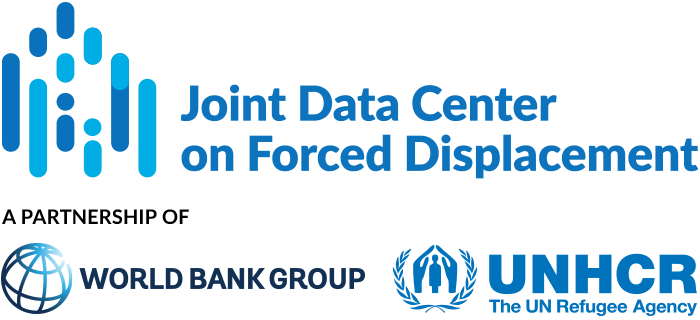This paper examines the factors associated with literacy and attitudes toward reading among Syrian refugee children in Jordan.
The analysis is based on a sample of 322 Syrian refugee mother–child dyads living in Amman (236 dyads) and Zaatari (86 dyads) as part of a larger randomized controlled trial. Children’s attitudes toward reading were assessed using the Parents’ Perceived Attitude Toward child Reading (PPCATR), the Young Reader Motivation Questionnaire (YRMQ) and the Reader Self-Concept Scale (RSCS). Children’s literacy was assessed using the Holistic Assessment of Learning and Development Outcomes (HALDO). Additional data collected included demographic information, schooling details, household wealth, and COVID-related restrictions.
Main findings:
- Syrian refugee children had relatively low levels of literacy. A significant proportion were unable to identify letters or read simple words, even among school-age children.
- Factors such as poverty, online-only schooling, seeing someone reading at home, and frequency of school attendance were associated with different measures of reading attitudes. Higher YRMQ scores were linked to greater poverty and online-only schooling. Higher RSCS scores were associated with seeing someone reading at home. Higher PPCATR scores were linked to being female, seeing someone reading at home, and more frequent school attendance.
- Seeing someone reading at home had a greater influence on girls’ attitudes to reading. Boys’ attitudes toward reading were consistent regardless of whether they had seen someone reading at home, whereas girls who had not seen anyone reading at home had worse attitudes, and those who had seen someone reading had better attitudes.
- Child age, maternal education, and maternal literacy were significant predictors of child literacy. Older children had higher literacy scores, with an additional 1.5 points on the HALDO for every year increase in age. Children of mothers with lower educational levels had lower literacy scores compared to those whose mothers had attended university. For children enrolled in school, maternal literacy was associated with higher child literacy scores.
- While frequency of attendance at school was not predictive of literacy, mode of attendance was. Attending hybrid classes (both in-person and online) was associated with higher literacy compared to solely in-person or solely online classes.
The authors conclude that both family- and school-level factors influence the development of child literacy skills. In particular, socioeconomic status, maternal education, and maternal literacy are robustly associated with child literacy. The finding that hybrid teaching was associated with higher literacy levels than either solely in-person or solely online teaching may reflect the broader attendance opportunities provided by blended learning options during the COVID pandemic. The results highlight the need for multilevel interventions targeting child, parent, household, and school factors to improve literacy skills among Syrian refugee children in Jordan.


